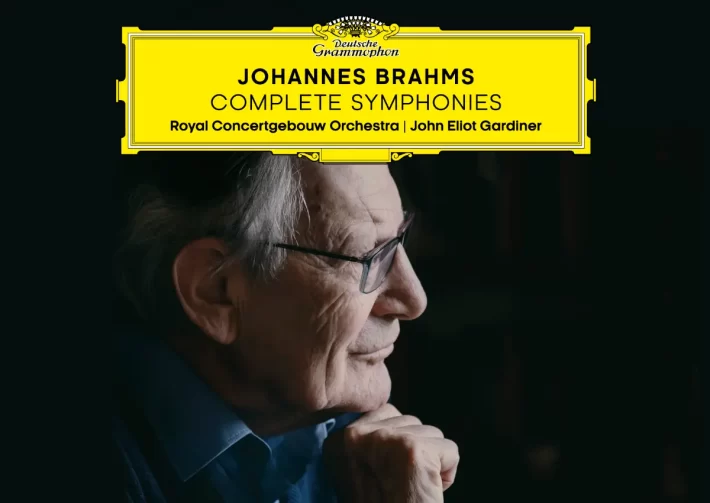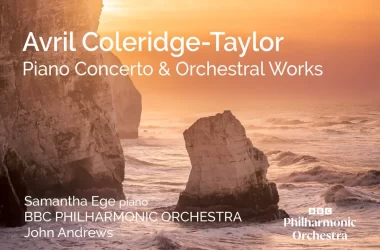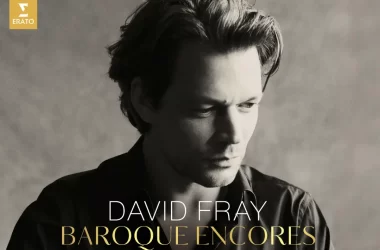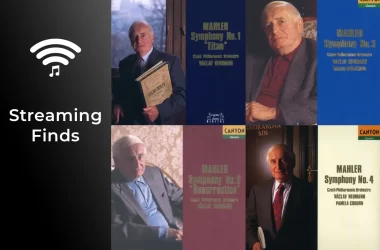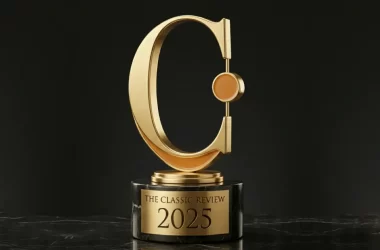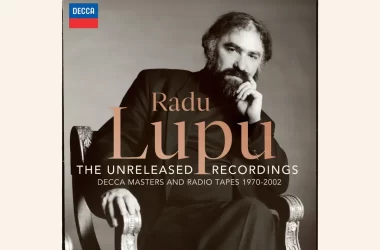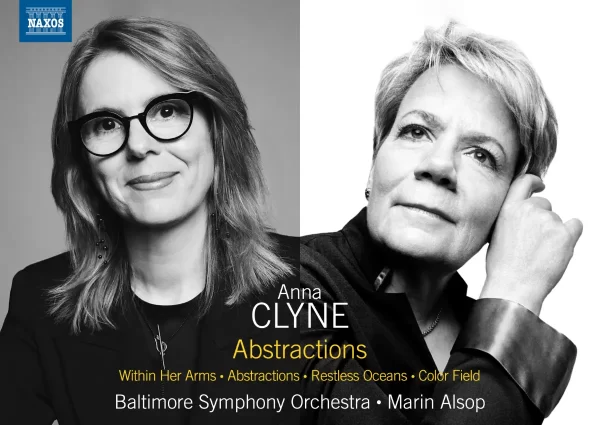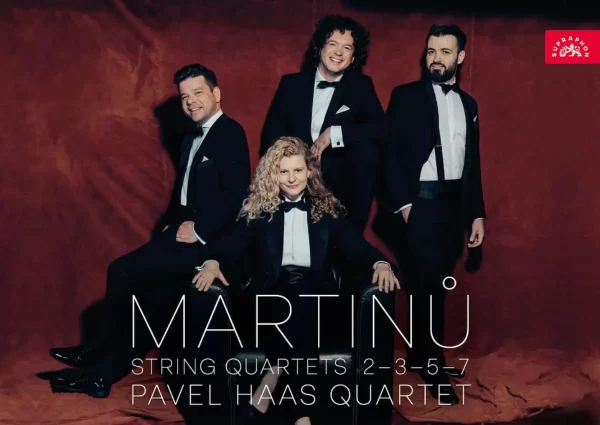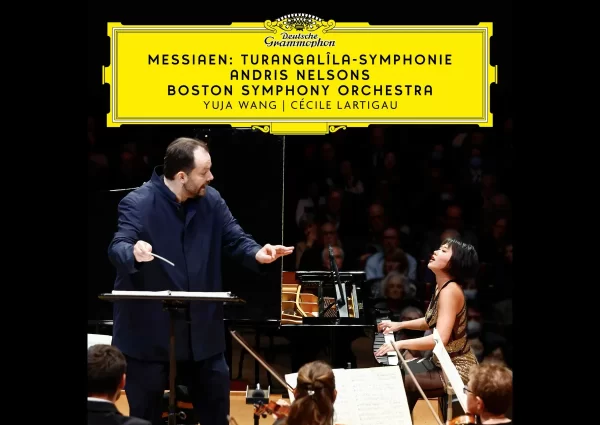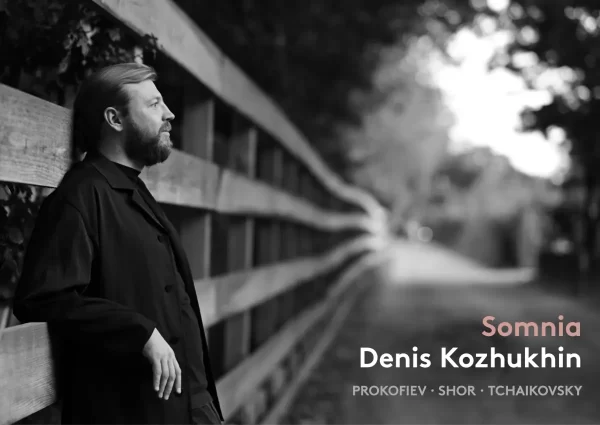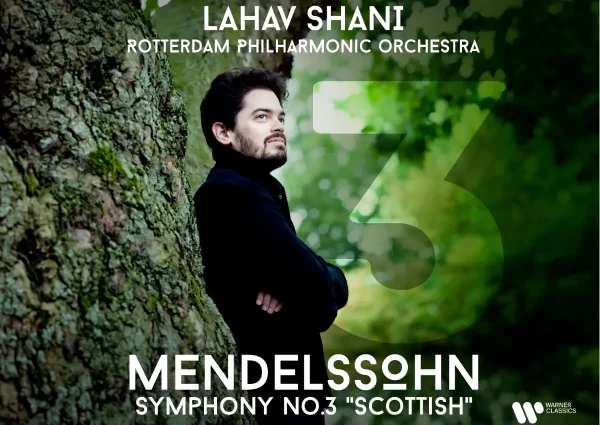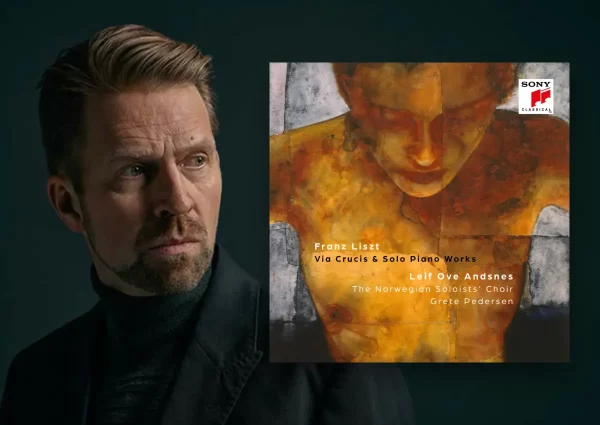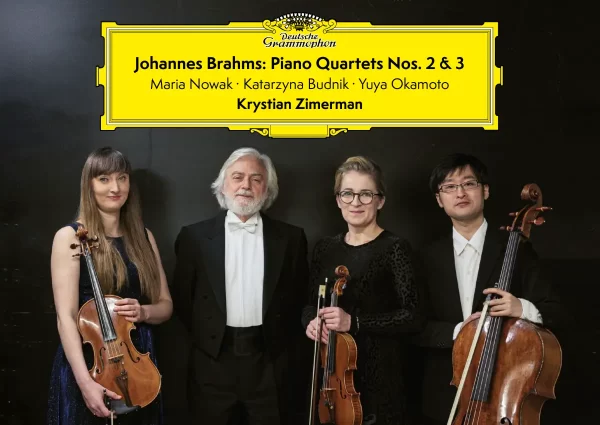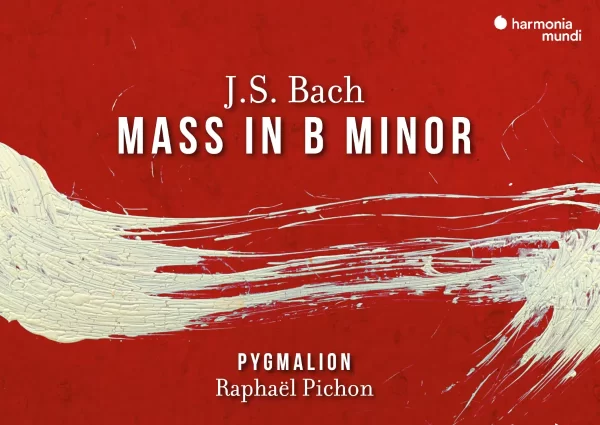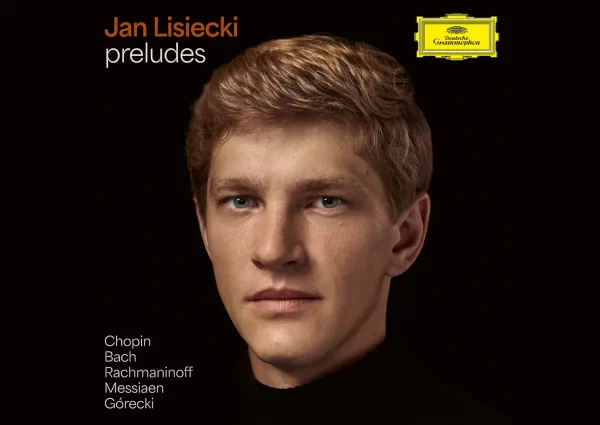Eighteen years after his first Brahms cycle with the Orchestre Révolutionnaire et Romantique (SDG), John Eliot Gardiner returns to Brahms in Amsterdam, in live recording made at the Concertgebouw, in 9/2021 (No. 1), 5/2022 (Nos. 2 & 3) and 1/2023 (No. 4). Gardiner stated intent is to extend what he discovered about sound, articulation, and interpretation in the first cycle to a modern instrument orchestra, to produce “a fresh synthesis of styles and approaches.” To its credit, over the past few decades the Concertgebouw orchestra has worked with several ‘period instrument’ conductors, most especially Nikolaus Harnoncourt, with whom they recorded Mozart, Haydn, Beethoven, Schubert, and Dvořák.
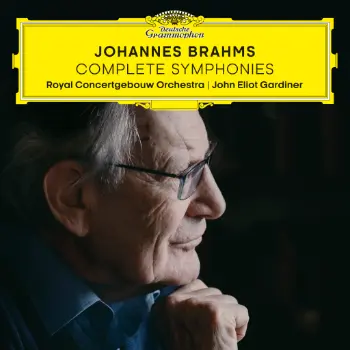
The orchestra has released various recordings on its own label to specific symphonies, taken from live concerts with Jansons and Harnoncourt. Their last integral set of the four Brahms symphonies was with Riccardo Chailly, made in the late 1990s. Listeners hoping for the creamy richness heard in that cycle, or Haitink’s 1979-80 cycle on Philips, will be surprised by the orchestral sound in this new album.
String vibrato is kept to a minimum, used for expressive effect. The ample richness one typically associates with these strings is moderated into a slimmer, lither coloring (the purity of Gardiner’s Monteverdi Choir repeatedly comes to mind.) Of course, voicing is beautifully balanced, and tuning is impeccable, but anyone hoping for a ‘middle ground’ for string color between Gardiner’s first cycle and the Chailly/Haitink recordings will be disappointed. Nevertheless, the weight and color heard here never matches the austere (others would choose anemic) sound Fischer elicits from the Danish Chamber Orchestra in his Brahms series on Naxos (review).
Winds are more refined. In his first cycle with the ORR, Gardiner noted that Brahms preferred natural (versus valved) horns, and there are moments, such as the first symphony’s opening bars, where one sense the horns are encouraged to be raucous, so we hear the difference. There is no such point making here.
The wind playing is just gorgeous. There are too many examples to cite, but listen to their work in the third movement of Symphony No. 3 – rarefied beauty indeed. Moreover, there is a greater overall tonal weight in Amsterdam: whereas the ORR numbered 50-60 players, I suspect these performances involve closer to seventy.
In the ORR recordings, Gardiner underscored his ‘vocal’ approach to the symphonies by including choral works by Brahms, as well as Baroque masters and colleagues he admired. (Though the at times aggressive brass and clipped phrasing in those readings may strike some as non-vocal.) The Amsterdam readings have fewer of those issues, and Gardiner is more willing to relax, especially in slow movements.
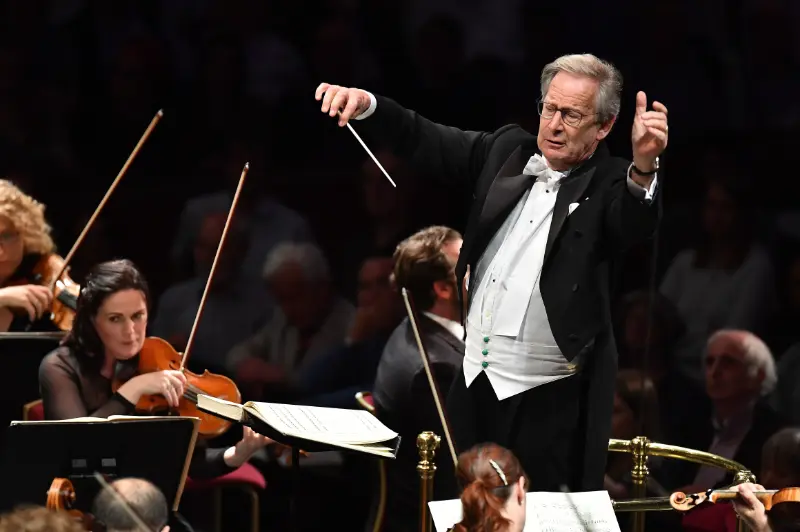
John Eliot Gardiner (image: © Chris Christodoulou)
Tempos for the first and last symphonies are basically the same in both performances (Symphony No. 1 is 7 seconds faster; Symphony No. 4 is 13 seconds slower). There are more substantial differences in the second and third symphonies: the slow movement of the second flows more convincingly at a faster tempo, and the extra minute spent on the third’s opening movement makes it dramatically compelling rather than aggressively hectic. But unwanted haste is still heard in the final movement, and in the closing minute of the fourth’s final Chaconne. The quickening is exciting, but feels glib compared to the unrelenting buildup of tension Honeck creates in his superb Pittsburgh reading on the Reference label (review).
Collectors will wonder if these differences warrant purchasing the new cycle. Gardiner’s fans will, of course, want both, but if forced to choose, I would suggest the differences are not significant enough. Moreover, the choral pairings in that first cycle are a significant bonus, as are the interesting and erudite liner notes.
Readers seeking a historically informed performance of these symphonies have several excellent choices, chief among them the Swedish Chamber Orchestra under Thomas Dausgaard on BIS, which also includes the Haydn Variations, two Overtures, Hungarian Dances, and orchestrated songs. I would also recommend seeking out or streaming Charles Mackerras’ Scottish Chamber Orchestra Telarc cycle.
Recommended Comparisons
Chailly | Klemperer | Abbado | Dausgaard | Gardiner

Album Details |
|
|---|---|
| Album name | Brahms – Complete Symphonies |
| Label | Deutsche Grammophon |
| Catalogue No. | 4863519 |
| Artists | Royal Concertgebouw Orchestra, Sir John Eliot Gardiner |
Included with an Apple Music subscription:
Available on Presto Music
Latest Classical Music Posts

